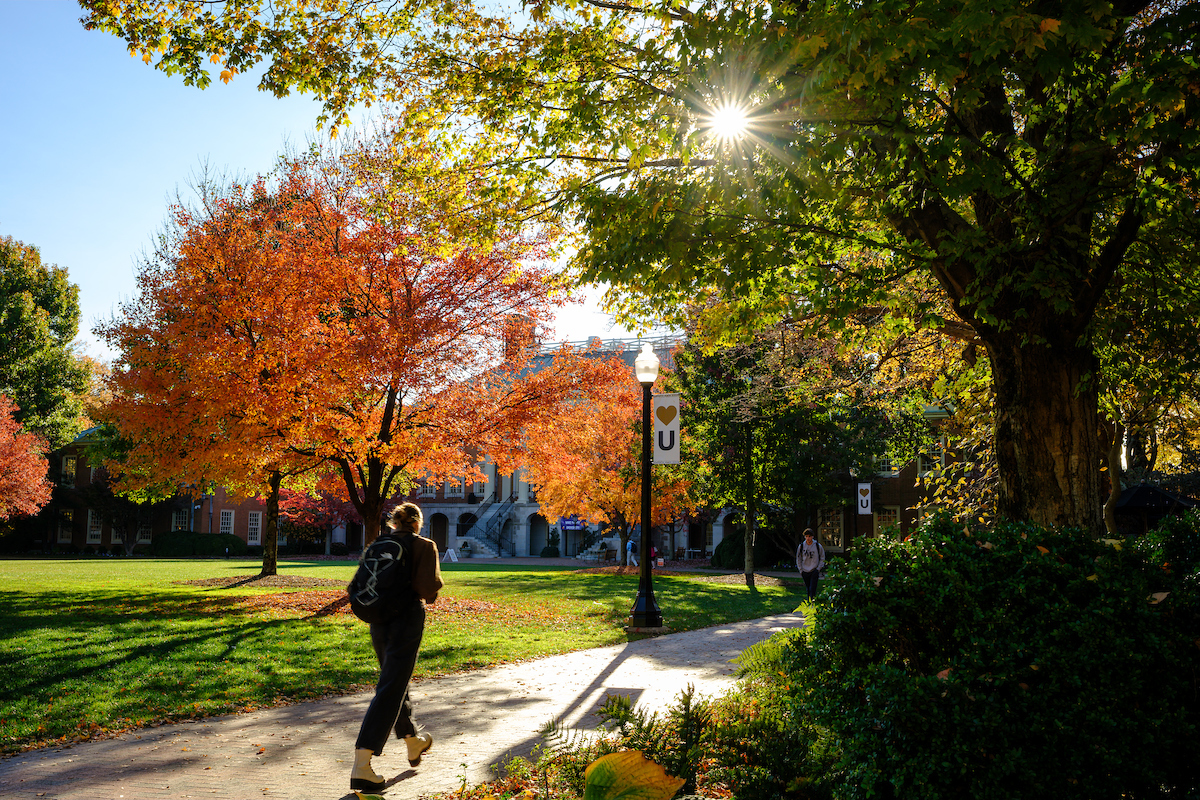Master Plan
The 2009 campus master plan reinforced the value of the forested areas and streams on the 345-acre Reynolda campus. The mature campus forest cover is important for maintaining healthy ecosystems and as flood control. Approximately 85 percent of plantings are native species in all new landscaping on campus. All plantings are within hardiness zone 7.
Like the 2009 master plan, the 2019 update focused on Academic Life, Student Life, and Athletics and Recreation and incorporated three additional focus areas: Sustainability and Infrastructure, Open Space and Landscape, and Mobility and Accessibility. You can view the update below.
Stormwater Management
As a result of campus stormwater management practices developed in the 1950’s, high volumes of untreated storm water have been released into the small tributaries that flow from campus. Downstream erosion, sedimentation, and poor water quality are among the side effects of these outdated practices.
The Utilities Maintenance team expertly manages stormwater on campus through a combination of low impact development and traditional practices. The campus master plan calls for the creation of watershed-based stormwater management strategies and best management practices for campus development.
Campus Tree Care Plan
Campus officials developed and adopted a Campus Tree Care Plan in 2011 that outlines policies and guidance for planting, maintaining, removing, and replacing trees. The plan educates the campus community, contractors, and consultants about the importance of the campus forest and the protection and maintenance of trees to minimize negative impacts to the tree canopy.
Conservation and maintenance commitments led to Wake Forest’s designation as a Tree Campus Higher Education (formerly Tree Campus USA) in 2012, for the 2011 year. Wake Forest has been recognized for 14 consecutive years.
Implementation of the Campus Tree Care Plan is advised by a formal standing committee sponsored by the Executive Vice President / Chief Financial Officer. The Campus Tree Advisory Committee (CTAC) advises the university on proposed modifications to campus open space and landscaping; develops and maintains a list of satisfactory and desired species of trees; encourages the use of an appropriate variety of plants materials in new plantings; and makes recommendations on landscape renovations and maintenance. Interested individuals can view a list of all campus tree removals and justifications.
To read the current WFU Campus Tree Care Plan, updated in 2023, click the image below.
Related Posts
- Recap: 2025 Arbor Day Celebration & Service Learning Project
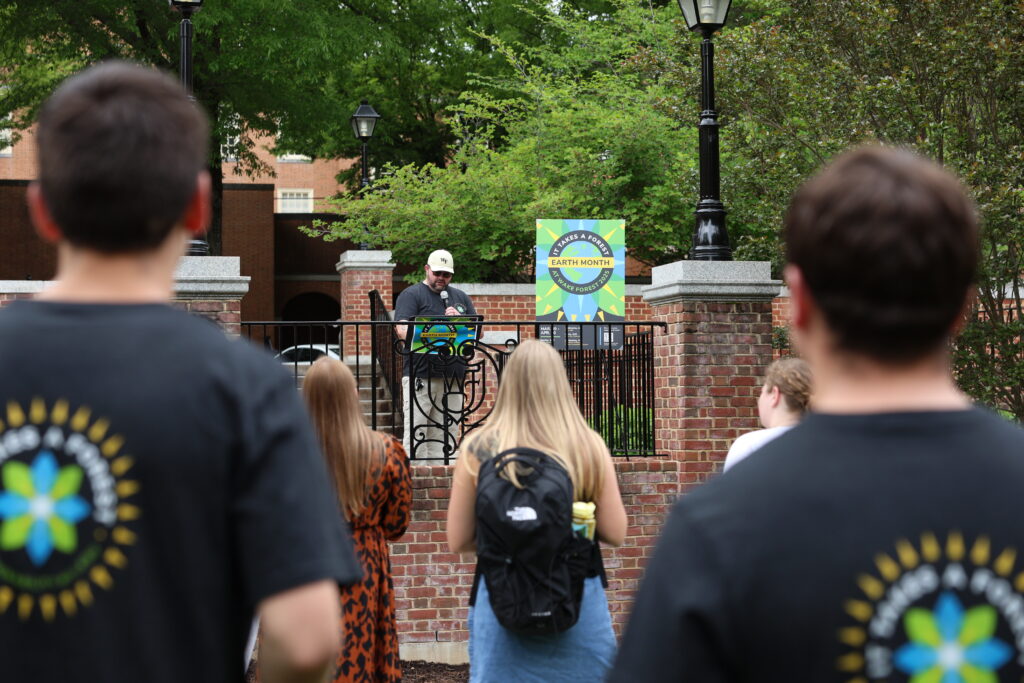 National Arbor Day holds a special place in Wake Forester’s hearts as the university is a certified Tree Campus […]
National Arbor Day holds a special place in Wake Forester’s hearts as the university is a certified Tree Campus […] - Wake Forest Receives Tree Campus Higher Education Recognition for 14th Consecutive Year
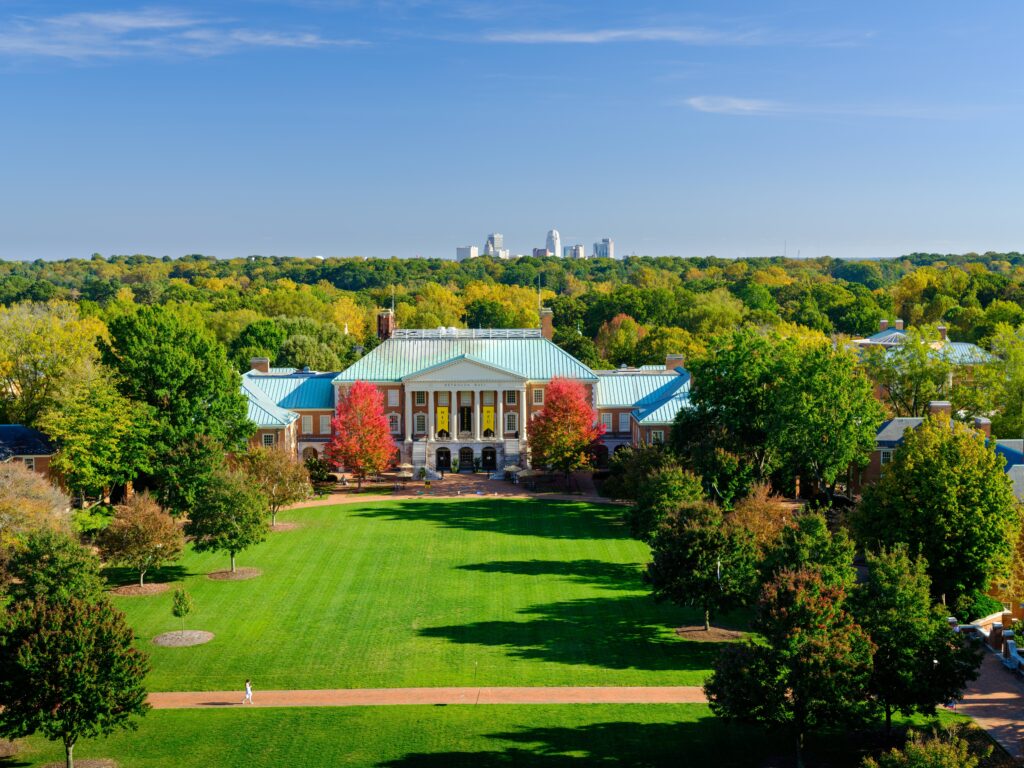 Wake Forest University has been recognized by the Arbor Day Foundation as a Tree Campus Higher Education, formerly Tree Campus […]
Wake Forest University has been recognized by the Arbor Day Foundation as a Tree Campus Higher Education, formerly Tree Campus […] - Wake Forest Receives Tree Campus Higher Education Designation 13th Year in a Row
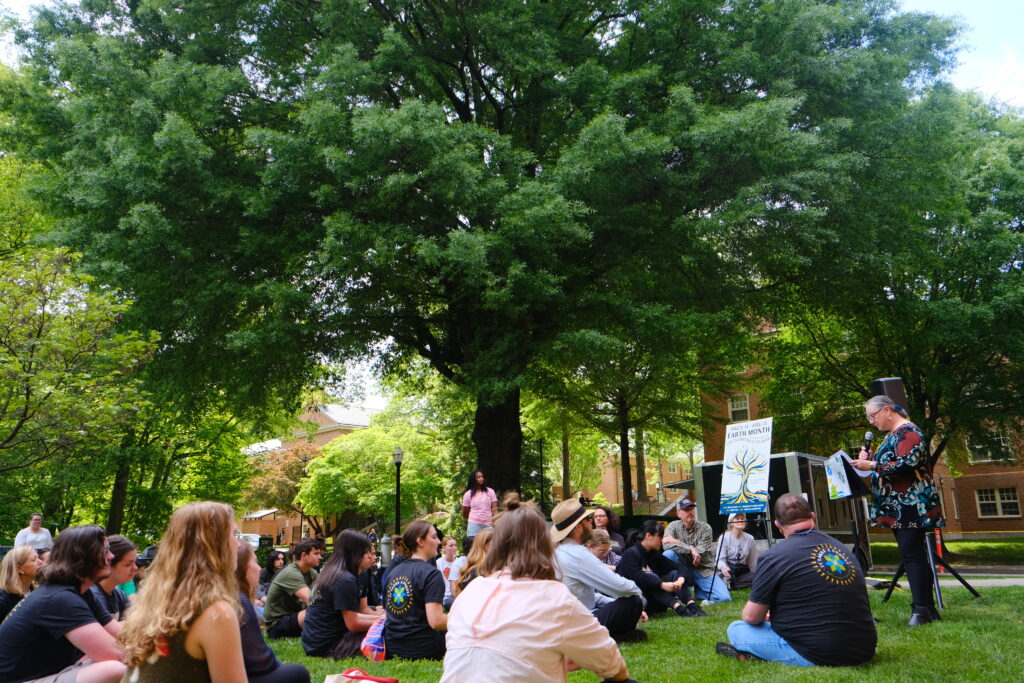 Wake Forest has been re-certified as a Tree Campus Higher Education by the Arbor Day Foundation for the 13th […]
Wake Forest has been re-certified as a Tree Campus Higher Education by the Arbor Day Foundation for the 13th […] - 12 Champions of Change Honored at 11th Annual Campus Sustainability Awards
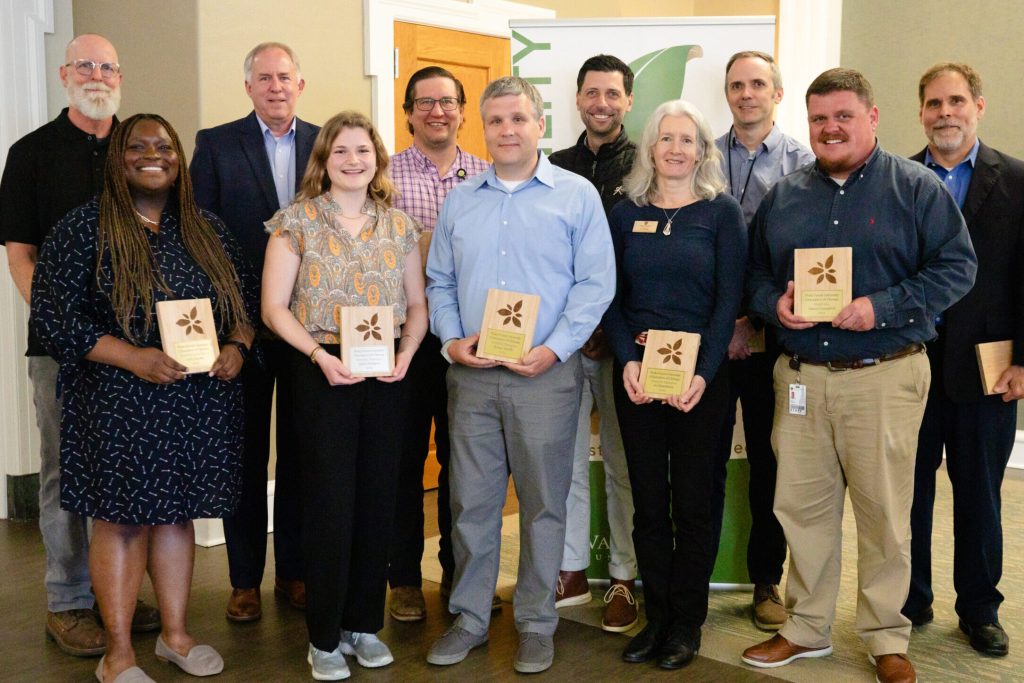 On April 9, the Office of Sustainability hosted the 11th annual Champions of Change Campus Sustainability Awards. Each year […]
On April 9, the Office of Sustainability hosted the 11th annual Champions of Change Campus Sustainability Awards. Each year […] - Taming the Flood: Building Resilience through Nature-Inspired Stormwater Management
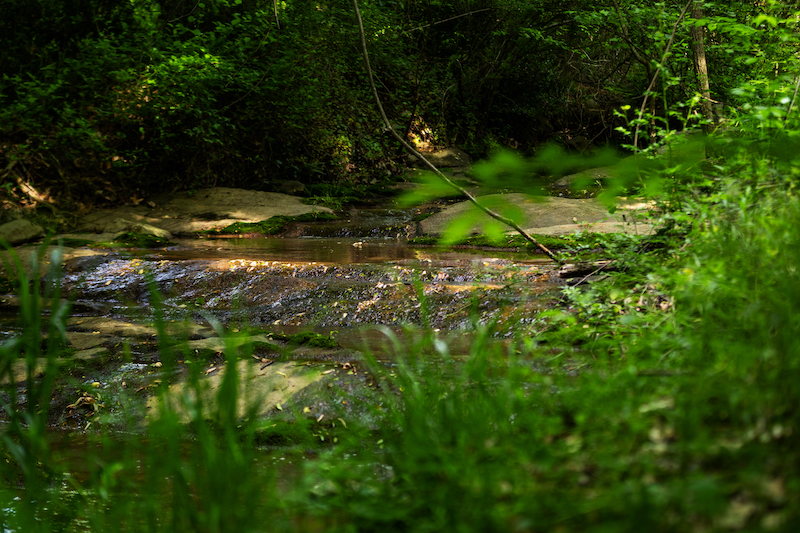 Perspectives on Sustainability, Quarterly Newsletter By: Krista Stump, Manager of Engaged and Experiential Learning for Sustainability Krista studied stormwater management […]
Perspectives on Sustainability, Quarterly Newsletter By: Krista Stump, Manager of Engaged and Experiential Learning for Sustainability Krista studied stormwater management […] - ‘Not just aesthetics:’ Landscaping in ‘The Forest’ servers a bigger purpose
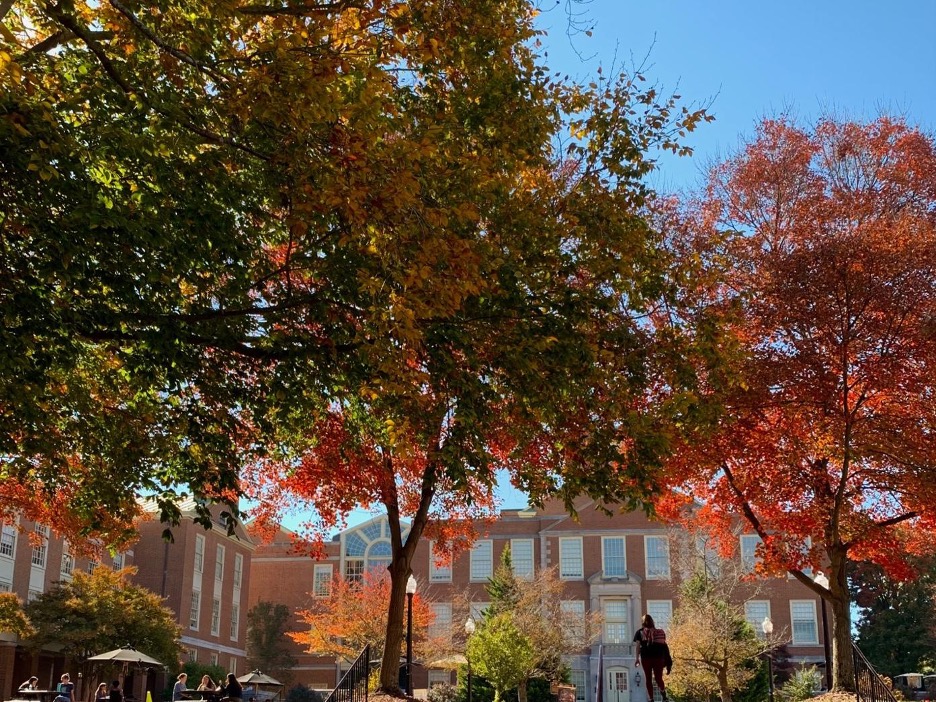 Campus landscaping aims to reduce impacts of climate change in Winston-Salem By: Mollie Maynard, Contributing Writer for the Old Gold […]
Campus landscaping aims to reduce impacts of climate change in Winston-Salem By: Mollie Maynard, Contributing Writer for the Old Gold […]

